The household contents claims process has become increasingly inefficient — and, in some cases, financially damaging — for insurers. While the intention behind settling claims quickly may be good, the widespread practice of cash-settling or replacing items outright is costing insurers millions each year. It’s time for the industry to take a hard look at the current approach and rethink how these claims are being handled.
The High Cost of Cash Settlements and Replacements
Cash settling might seem efficient at first glance — resolve the claim, keep the customer happy, and move on. But the financial reality tells a different story. When insurers pay out cash settlements or approve expensive replacements for furniture items like dining tables, sofas, and chairs, they often end up overpaying compared to what a proper repair, restoration, or accurate replacement would cost.
In many cases, these settlements are based on inflated retail values or worst-case assumptions rather than practical recovery costs. Over time, these overpayments accumulate into a significant financial drain on insurers’ bottom lines — without necessarily improving customer satisfaction or claim outcomes.
A policyholder who accepts an insufficient cash settlement might opt to forego or partially complete repairs. If the lack of repair causes more damage in the future, the insurer may face another, potentially more expensive claim.
The Overreliance on AI — and Its Mistakes
Some delegated claims management companies have turned to AI-driven systems to determine whether to repair, replace, or settle claims. While artificial intelligence has potential, it’s still not mature enough to make these nuanced decisions accurately in so many cases..
AI tools often lack the contextual understanding required to assess damage properly or to consider cost-effective alternatives. This can lead to incorrect settlement recommendations — such as replacing an entire furniture set when only one component could have been repaired. As a result, insurers are losing money and inadvertently undermining customer trust by following automated, flawed decisions.
“Clean Desk” Bonuses Are Driving the Wrong Behaviour
Another troubling trend in the industry is the rise of “clean desk bonuses” — incentives to close cases quickly. While productivity targets can be useful, these bonuses often create a perverse incentive: rewarding for closing claims, not for managing them efficiently, accurately, or in the best interests of the insurer and policy holder.
This encourages more settlements — not necessarily better outcomes. Claims handlers (especially generalists rather than specialist, experienced operators) may opt for quick cash settlements just to clear their workload and secure bonuses, rather than taking the time to explore cost-effective repair or restoration options. The end result? A spike in unnecessary payouts, poorer oversight, and rising operational costs.
Inflated Margins Are Quietly Bleeding Budgets
Huge margins are often being added to suppliers' quoted restoration costs, also resulting in highly inflated settlement or replacement options. These hidden markups often go unchecked due to the pressure to process claims quickly. Over time, this unchecked inflation leads to insurers consistently paying well above market value for replacement items and settlements.
Without greater transparency and control over supply chains and pricing, insurers are effectively footing the bill for inefficiency — and, in some cases, exploitation.
Policy Holder ‘Drift and Migration’
There is a high risk of dissatisfaction and reputational damage associated with cash settlements. They may initially appear attractive but then turn out to be inadequate for the policy holder to carry out the repairs. This may be because of unseen costs or because the settlement was based on the insurers' discounted rates which aren’t available to the homeowner.
Increased premiums and dissatisfaction do not promote policy holder loyalty or stability of the customer base.
The Industry Needs a Smarter, Sustainable Approach
The current system rewards speed over accuracy, automation over expertise, and short-term efficiency over long-term financial health. To reverse this trend, the industry needs to refocus on true claims management — not claims disposal.
That means
- Partnering with trusted restoration and repair networks and specialists. Delegation of restoration and repairs via 3rd party handlers can very often create false BER scenarios as excessive mark-ups are applied on top of the restorers’ costs
- Reviewing or recalibrating AI tools to support, not replace, expert judgment
- Eliminating incentive structures that promote fast settlements over fair outcomes
- Increasing transparency around supplier pricing and replacement margins.
By doing so, insurers can save money, improve operational integrity, promote sustainability and restore balance to a process that’s become far too transactional.
In summary
Household contents claims, especially for furniture and homewares, shouldn’t be settled with the stroke of a pen or the click of an AI recommendation. Continued prioritisation of speed over precision is not just costing money — it's eroding the very foundation of effective claims management. It’s time to stop settling and start managing again
